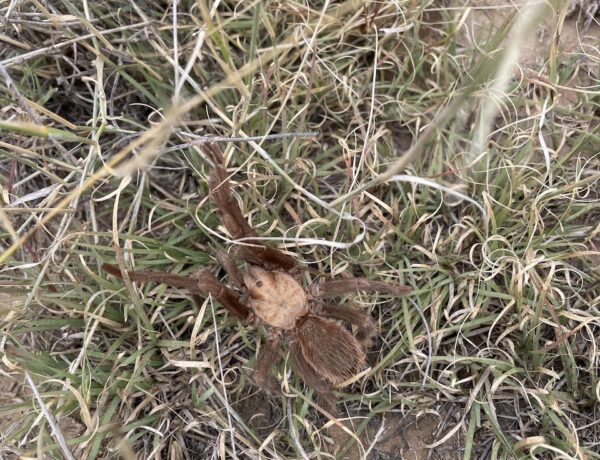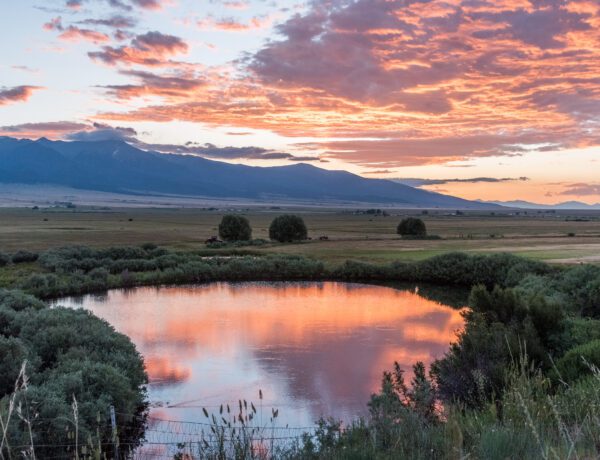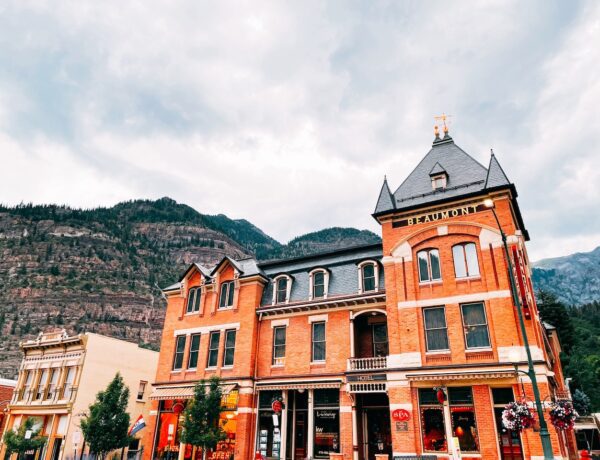While the Rocky Mountains are what draw people to Colorado, nearly half of the state encompasses the westernmost area of the Great Plains. Lying east of the Rocky Mountains and I-25, the Colorado Eastern Plains range from 3,500 to 7,000 feet in elevation but is typically characterized by its relatively flat topography.
A surprise to most, the landscape of the Eastern Plains is a mosaic of farmland, rolling hills, expansive grasslands, canyons, vast horizons, and the occasional buttes and mesas breaking up the horizon. The plains are also intersected by two main rivers, most notably the Arkansas River and the South Platte River, which contribute to the region’s agricultural productivity.
For most traveling to the state, the picturesque Colorado Eastern Plains are often overlooked by travelers on their way to or from the Mid-west region. But if you dig a little deeper, you will find some of the most unique things to do in Colorado are along the Eastern Plains.
Over the years, on countless road trips, I have stopped to admire these off-the-beaten-path attractions and am sharing them with you in this travel guide. Find out what hidden gems, historical sites, and local delights await you on the Colorado Eastern Plains.
Visit these Eastern Colorado Towns
Stay at a Chateau and Winery in Stratton, CO
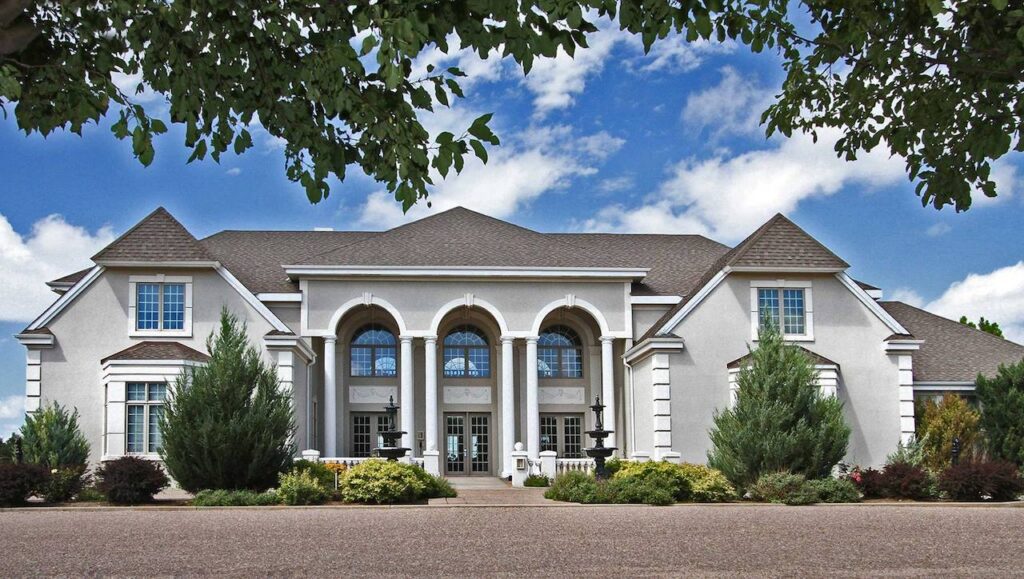
As you drive along I-70, heading east 53 miles past Limon, be sure to stop and stay the night in the small town of Stratton. While there isn’t much to the town itself, it is worth a visit to stay at the Claremont Inn & Winery.
The Colorado Country Mansion serves as a boutique hotel bed and breakfast, with a fully operational winery. Individually themed rooms are spacious, uniquely decorated, and luxurious at every corner. Dine in elegance, sip on wine, and enjoy the peace and quiet of being away from it all.
Limon, Colorado
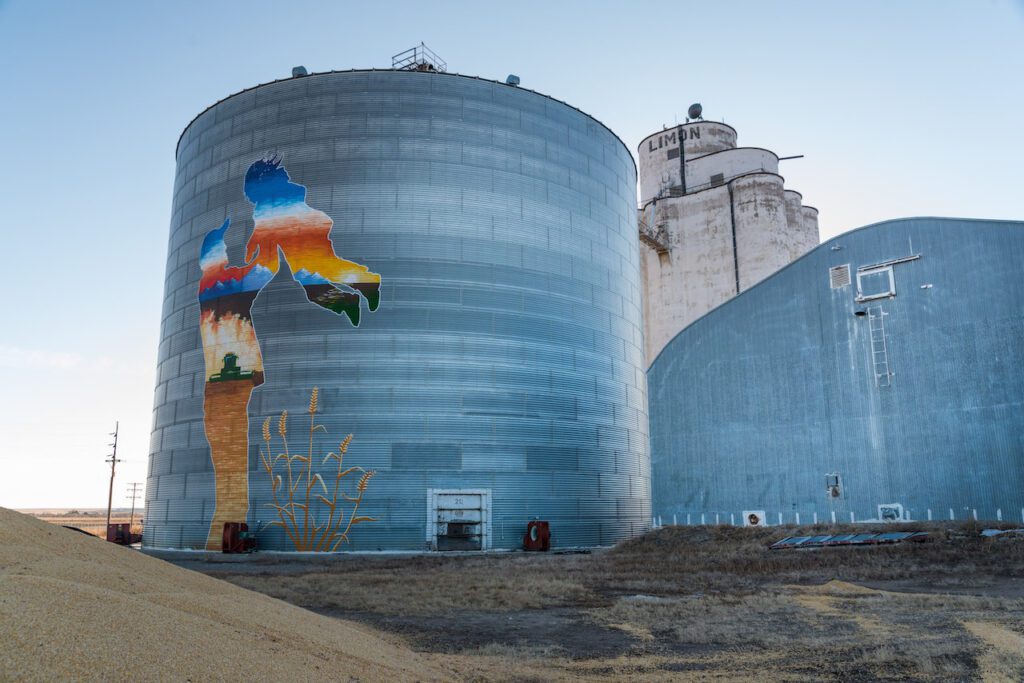

Limon, CO, a quintessential small town that serves as the gateway to the Eastern Plains, is often thought of as a gas station stop off I-70 but if you dig a little deeper there is a little more to see. Be sure to visit the Limon Heritage Museum, which showcases the area’s rich history through exhibits and artifacts. Grab a bite to eat at one of the local diners and visit the downtown’s historic theatre.
Limon is also where the first larger-than-life colorful mural was painted on the side of a grain elevator by Some Girls and a Mural. This group of women has since set out on a mission to “paint the plains.” Use their mural map to plan your stops along the plains.
Hugo, Colorado
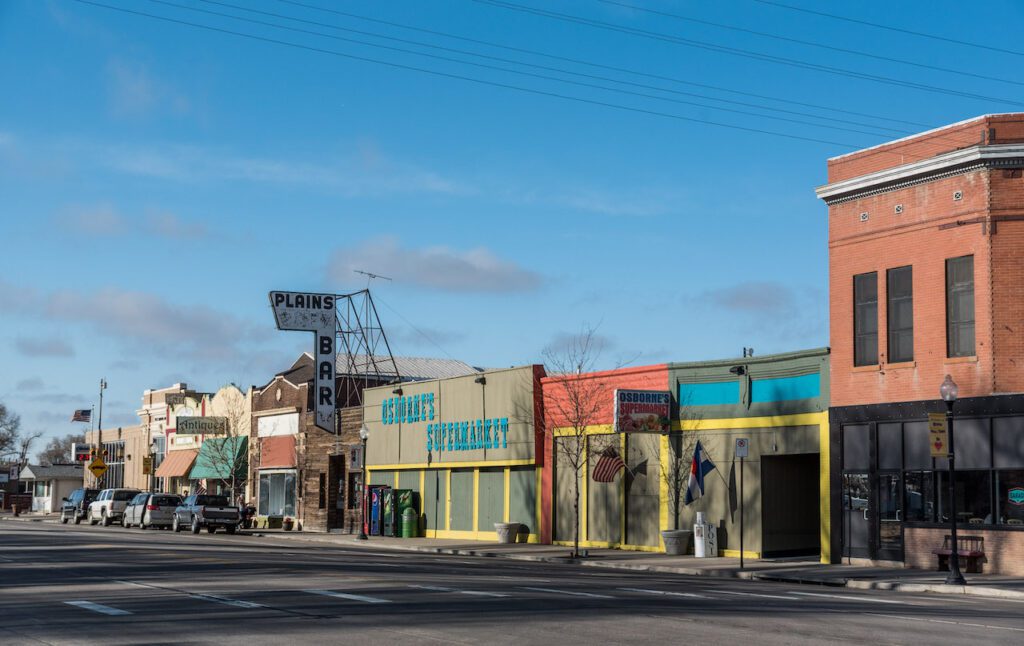

Just 15 miles from Limon, along U.S. Route 287, the quaint town of Hugo offers a surprising amount of charm and character. Hugo Main Street is where all the action takes place. See historic buildings restored to their former glory like the municipal pool, and the historic Union Pacific Roundhouse — one of only four historic roundhouses left in Colorado. Stop in at the Plains Bar for a drink, shop at some of the local antique shops, or stop in at the Garage Workspace for an art class. Hugo makes for a great day trip to see some of Colorado’s history come to life.
Discover Ghost Towns
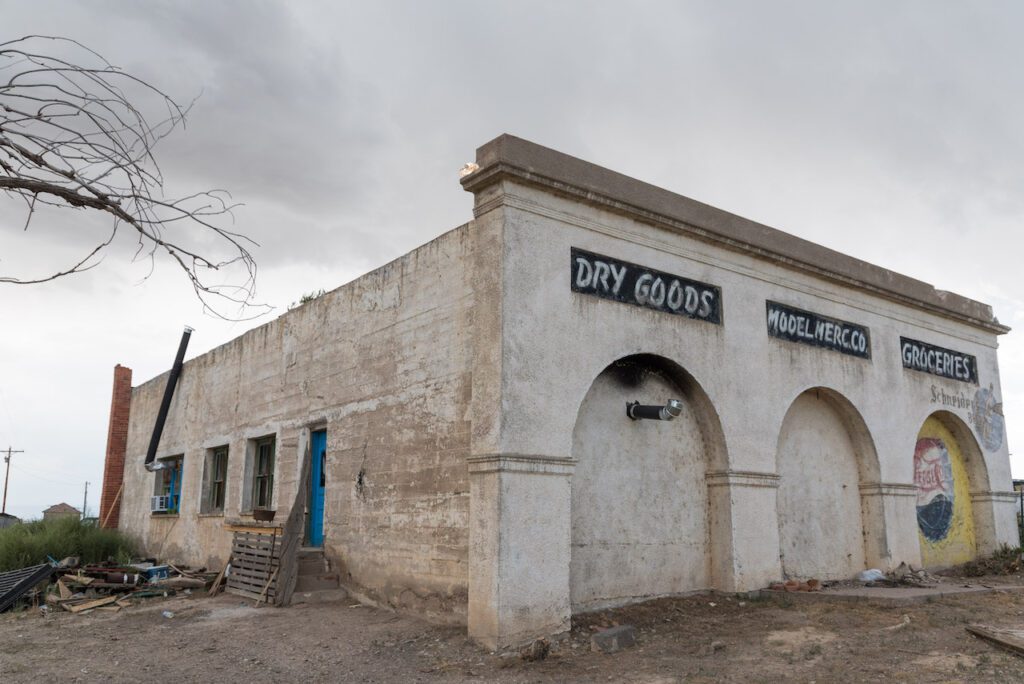

Many of Colorado’s famed ghost towns reside in old mining towns, tucked away in the mountains. But there is a string of five ghost towns found along U.S. 350, between La Junta and Trinidad. Seemingly scattered along the highway amongst the grasses of the Comanche National Grassland are the forgotten towns of Delhi, Timpas, Thatcher, Tyrone, and Model.
The abandoned buildings and homes still stand as relics of the past of the harsh life once lived along the plains of Colorado. On-lookers can see an old general store, an old schoolhouse, and dilapidated homes of the few residences that once occupied these towns during the railroad boom. It’s truly one of the more unique drives in Colorado.
M12 Art Sculpture
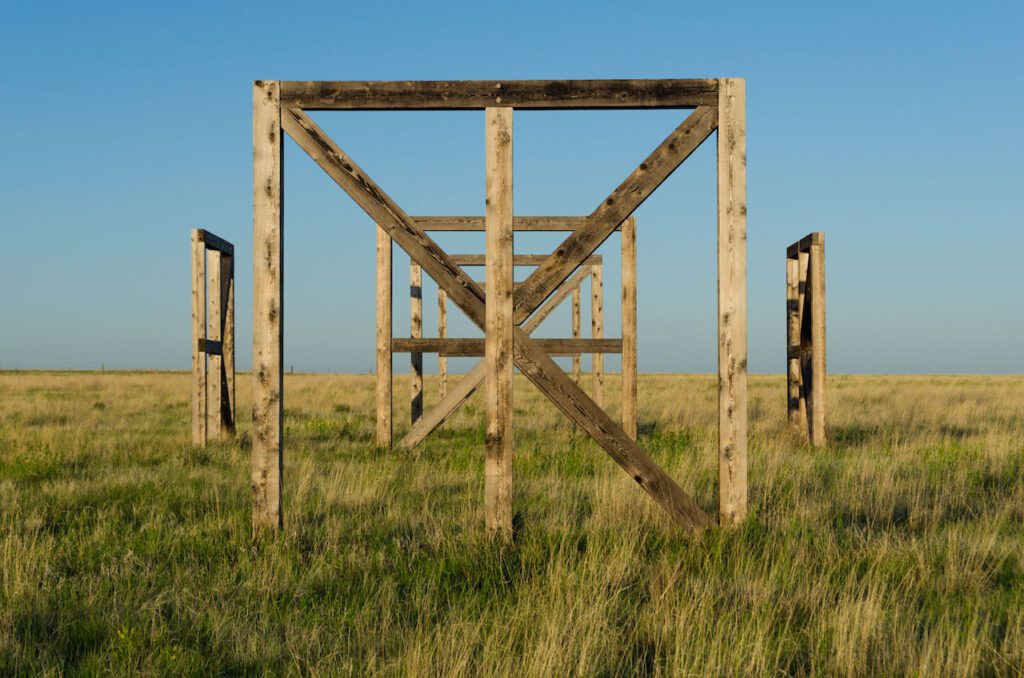

I found this unique art sculpture while driving around a few years back. I was near the “town” of Last Chance, Colorado — named the “last chance” to fuel up with gas and provisions before heading either east or west for miles. Last Chance is situated at the intersection of U.S. Highway 36 and State Highway 71. From Highway 71, head south on Highway 36 and you will come across the M12 Last Chance Module Array.
A community of artists, from Colorado, Texas, and other surrounding states have created an artist coalition to bring the convergence of rural life with art while showcasing the beauty of rural America. There is nothing out here except this structure, which is best seen early in the morning at sunrise or at sunset to get the unique shadows and coloring.
Historic Sites in Eastern Colorado
Kit Carson County Carousel
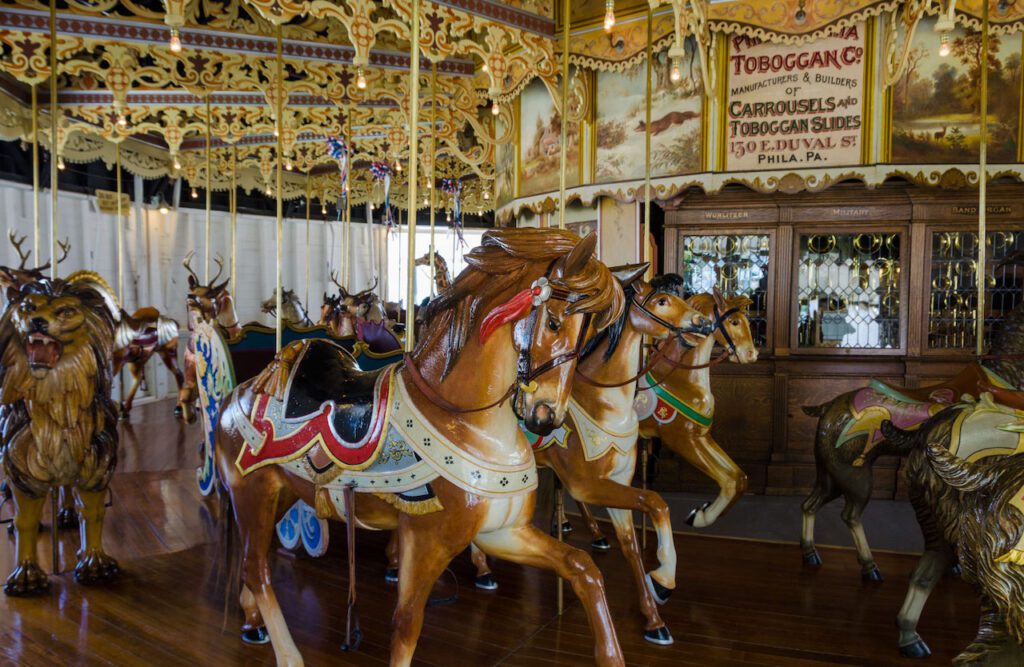

Make your way almost as far east as you can go before crossing the Colorado/Kansas border to Burlington to experience a piece of living history – the Kit Carson County Carousel. Located at the Kit Carson County Fairgrounds, the beautifully restored wooden carousel is a true gem, and one with a unique past.
Originally manufactured in 1905 by the Philadelphia Toboggan Company for Elitch Gardens in Denver, the carousel was later bought in 1928 by Carson County for $1,200. The carousel was the 6th one made by the Philadelphia Toboggan Company and contains 46 hand-carved animals with hand-painted designs, some still with gold-leaf details.
Take a ride on this historic national landmark from Memorial Day weekend through Labor Day. Rides are only $0.25 — the same price to ride as it was in 1928.
Sand Creek Massacre National Historic Site
Located in Eads, Colorado, just over an hour’s drive south of Burlington, is the Sand Creek Massacre National Historic Site. An educational experience, this site commemorates a significant event in American and Colorado history and offers insights into the cultural and historical context of those who once inhabited the Plains.
The Sand Creek Massacre took place on November 29, 1864. It was a brutal and unprovoked attack on a peaceful encampment of Cheyenne and Arapaho Native American tribes — all in an effort to control the Plains people and their land. I would suggest visiting the Visitor Center for more information and Ranger talks. Then take the short half-mile hike to the monument and overlook.
Amache National Historic Site
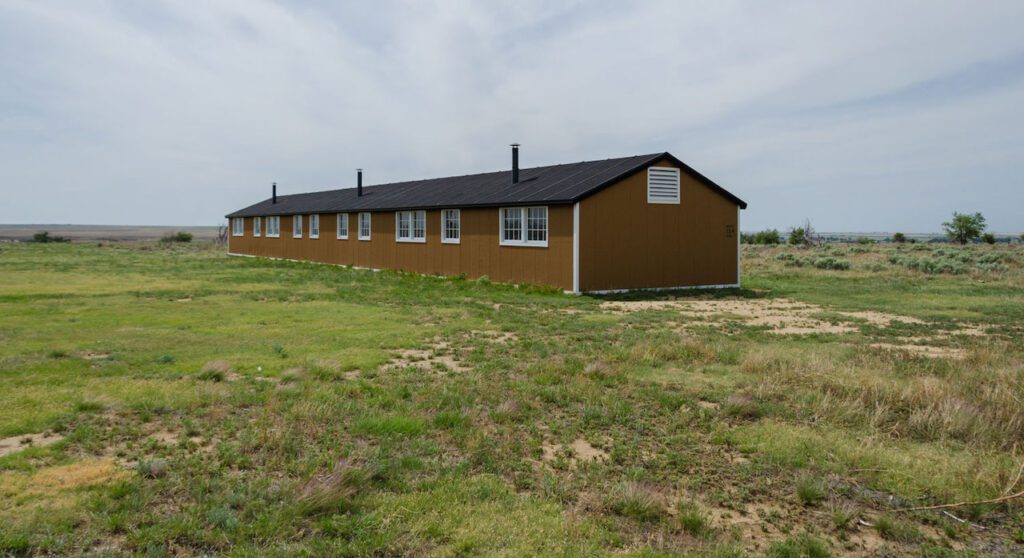

Recently designated as a National Historic Site by President Biden, Camp Amache in Granada, Colorado is an old Japanese internment camp. More than 10,000 people were incarcerated at Camp Amache from 1942-45. With 7,310 incarcerated at its peak, it was once one of the most populated cities in the state.
There isn’t too much to see out there except an old water tower, watch tower, a replica of an old barrack, plus the plots of land where many were held for years. There is an old grave site as well. You can take the driving tour along the original roads and see most of the original building foundations.
Bent’s Old Fort National Historic Site
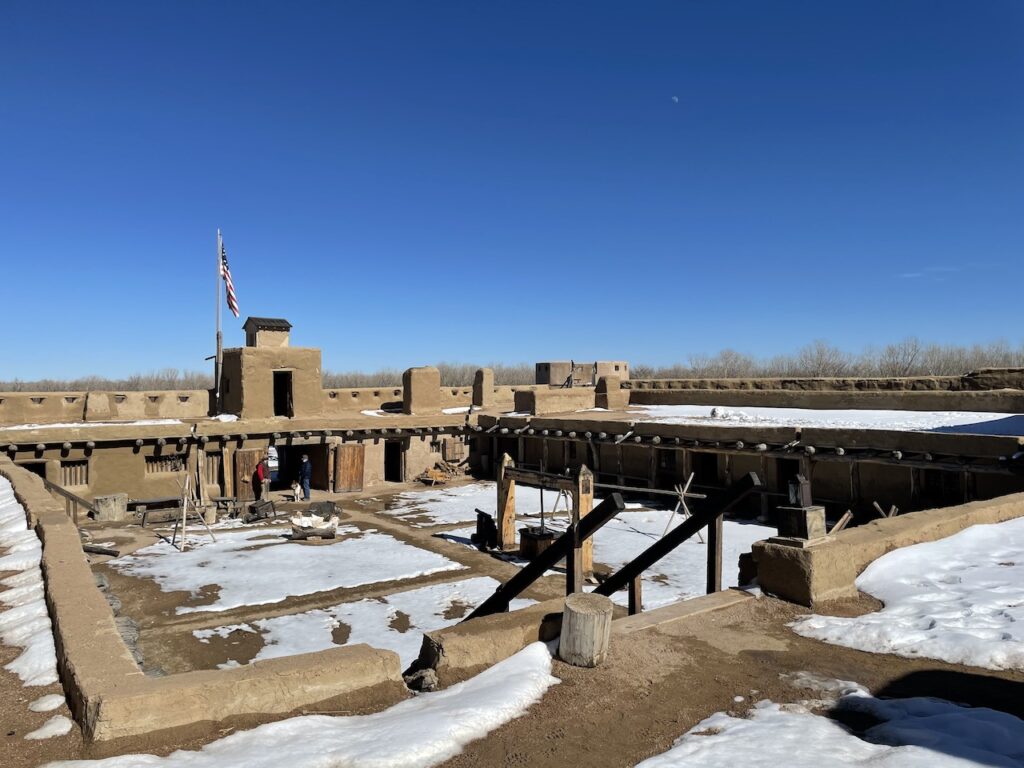

Step back in time to Bent’s Old Fort near La Junta. This reconstructed trading post offers a glimpse into the fur trade era and the cultural exchange that took place on the frontier. Costumed interpreters provide an immersive experience, showcasing daily life in the 1830s.
I think this is a great option for families and traveling from Colorado Springs to Bent’s Old Fort, as it’s just a two-hour drive — making this a great day-trip option.
Follow the Old Santa Fe Trail
The Santa Fe Trail was an overland two-way trade route that connected Franklin, Missouri, with Santa Fe, New Mexico. The section of the trail that ran through Colorado was called the Mountain Branch section. Today, travelers can see old wagon ruts along the original trail that follows U.S. Highway 50 from Lamar to La Junta, and along U.S. Highway 350 to Trinidad, going into New Mexico.
Since much of the historic trail has faded away over the years, there are signs marking the trail’s original route. A few notable markers include the Big Timbers Museum in Lamar, the north side of U.S. Highway 50 at the Kansas/Colorado state lines, and at Iron Springs along Highway 350.
Outdoor Activities
Picketwire Canyon
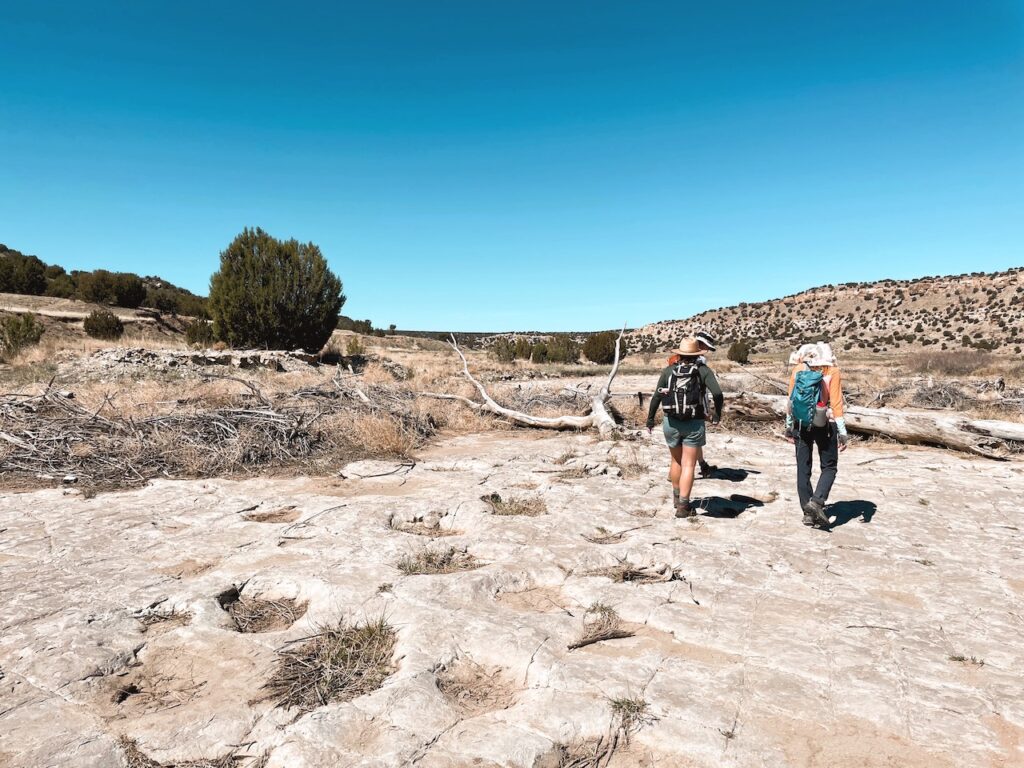

Visit the largest known dinosaur track site in North America at Picketwire Canyon. Located roughly 45 minutes south of La Junta, Picketwire Canyon is a 17.5-mile trek amongst a shallow canyon and sandstone formations leading to 150-million-year-old dinosaur tracks, prehistoric Native American rock art, and an ancient cemetery.
There are a few dispersed camping spots at the trailhead. The trail is long but mostly flat. I would recommend doing it in early spring or fall when temperatures are cooler.
Canyons of the Plains
What might surprise most, is the Eastern Plains of Colorado contain many canyons. Hike through primitive canyons filled with petroglyphs, juniper and pinon pines, and high-top mesa views for as far as the eye can see. Spread throughout Southeastern Colorado in the Comanche National Grassland are Vogel Canyon, Picture Canyon, Carrizo Canyon, and Cottonwood Canyon.
Carved by the Purgatoire River, Vogel Canyon is a vast landscape of hiking trails, petroglyphs, mesas, and prairie lands — tucked away in a serene environment. The entrance to the canyon lies 13 miles south of La Junta and is also a popular place to see the Tarantula Trek in the fall.
Paint Mines Interpretive Park
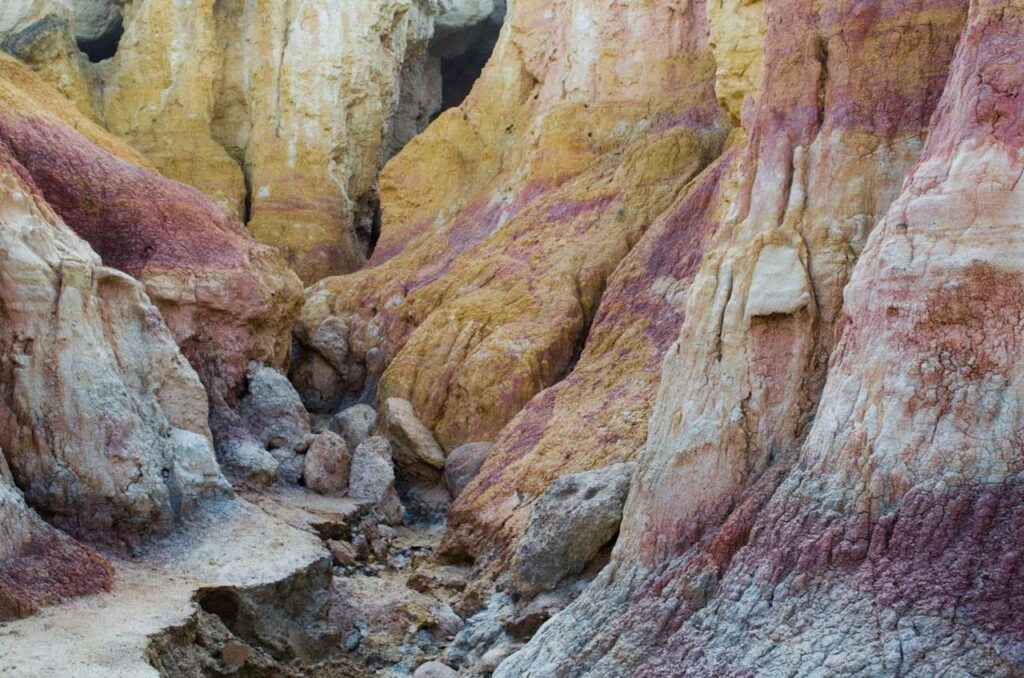

Roughly an hour and a half from Denver, the Paint Mines Interpretive Park rests on the cusp of where the plains begin to fade into foothills in the small town of Calhan. This unique park is a designated open space in El Paso County that houses colorful sandstone formations of spires and hoodoos, plus geological evidence of human life as far back as 9,000 years. The brightly colored layers of clay were once used by Native Americans to make paint.
The park covers 750 acres and there is a four-mile trail that takes you through the landscape. The area is delicate, so do not go off-trail or climb on the rocks. Parking and restrooms are available.
Pawnee Buttes National Grasslands
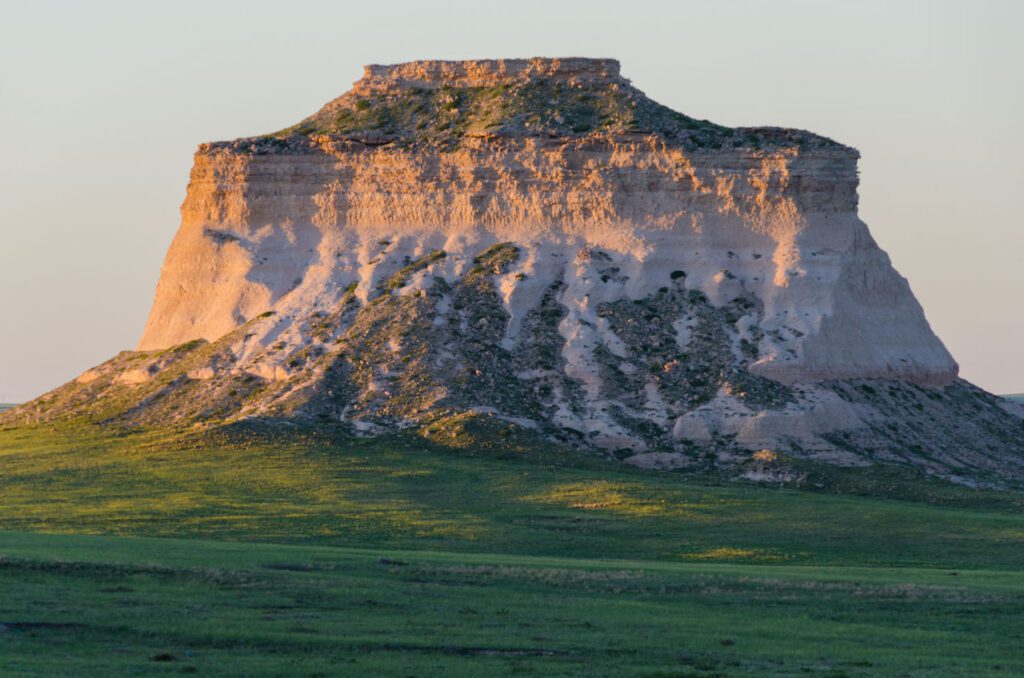

Spanning 193,060 acres, the Pawnee National Grasslands are an expansive landscape in northeastern Colorado. Its most obvious landmark is the Pawnee Buttes near Briggsdale. These iconic sandstone formations rise dramatically from the prairie landscape, creating a breathtaking sight.
There is a 4.7-mile trail to see the buttes up close and the plains meet the horizon. Beautiful wildflowers bloom in the spring and falls are perfect with cooler temperatures. Camping and birding are available at the trailhead.
Birdwatching in Eastern Colorado
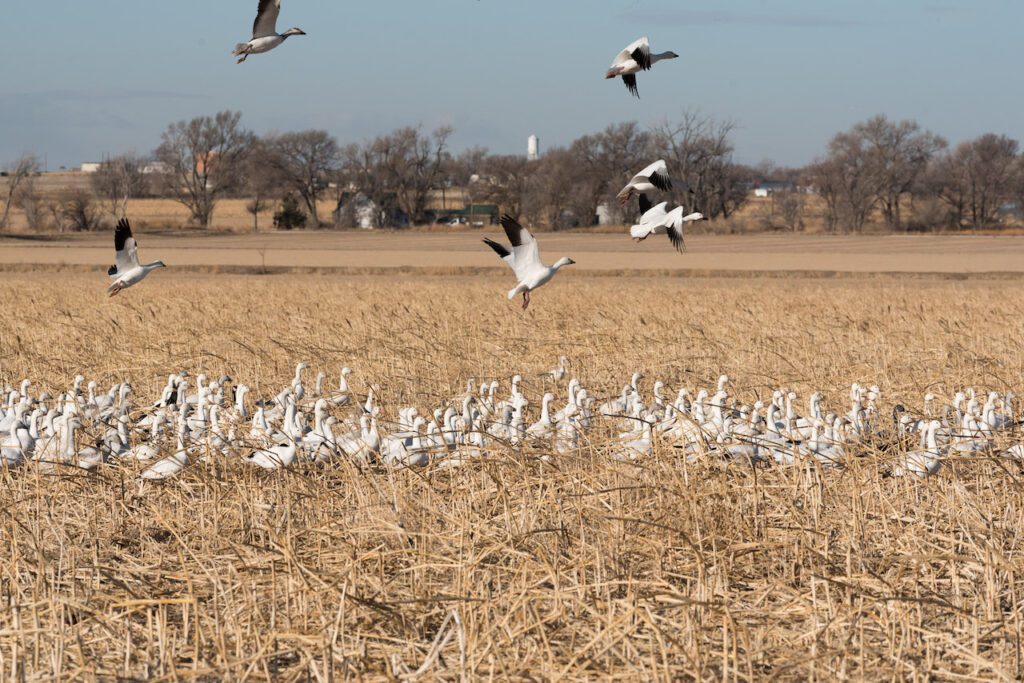

Eastern Colorado is one of the best birding areas in the country. Home to several designated birding trails, you can see everything from red-tailed hawks soaring in the sky to prairie chickens and turkeys wading in the golden grasses of the plains. Some of the best birding places are at the Pawnee Buttes, John Martin Reservoir, the Snow Goose Trail just south of Burlington, and the Plover Trail and Pronghorn Trail – both east of Pueblo.
There are even several events that celebrate some of the biggest migratory bird patterns out east. The Mountain Plover Festival (late April) in Karval and the High Plains Snow Goose Festival (early February) in Lamar.
The Eastern Plains of Colorado are a hidden treasure trove of history, natural beauty, and small-town charm. Whether you’re exploring historic sites, enjoying local cuisine, or simply taking in the expansive landscapes, this region promises an unforgettable journey that’s off the beaten path. So, pack your bags and hit the road to discover the heart and soul of Colorado’s Eastern Plains.
*all images taken by me and are subject to copyright.

